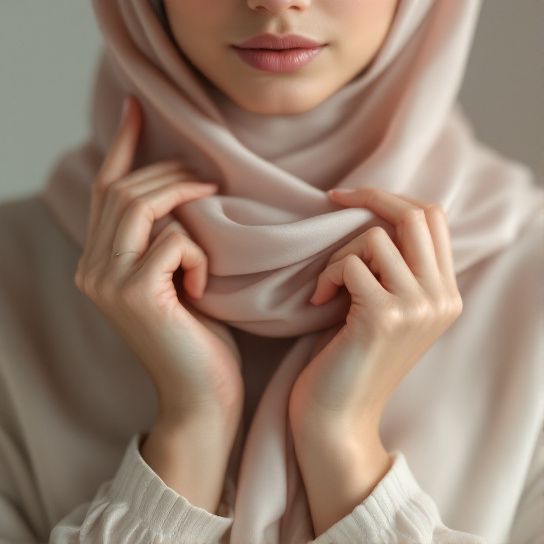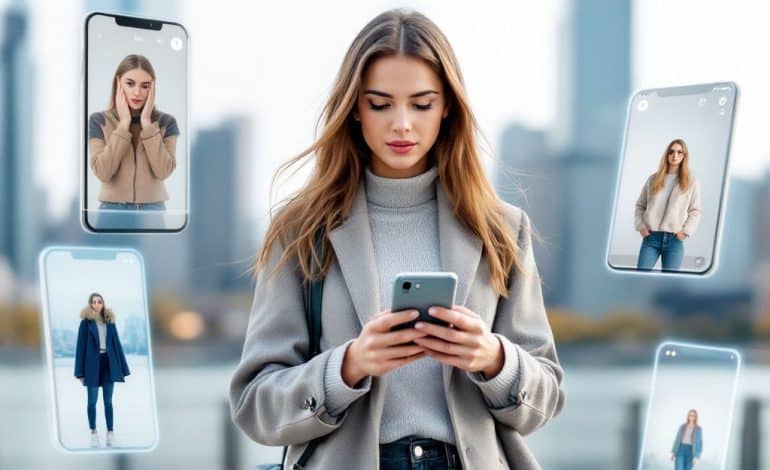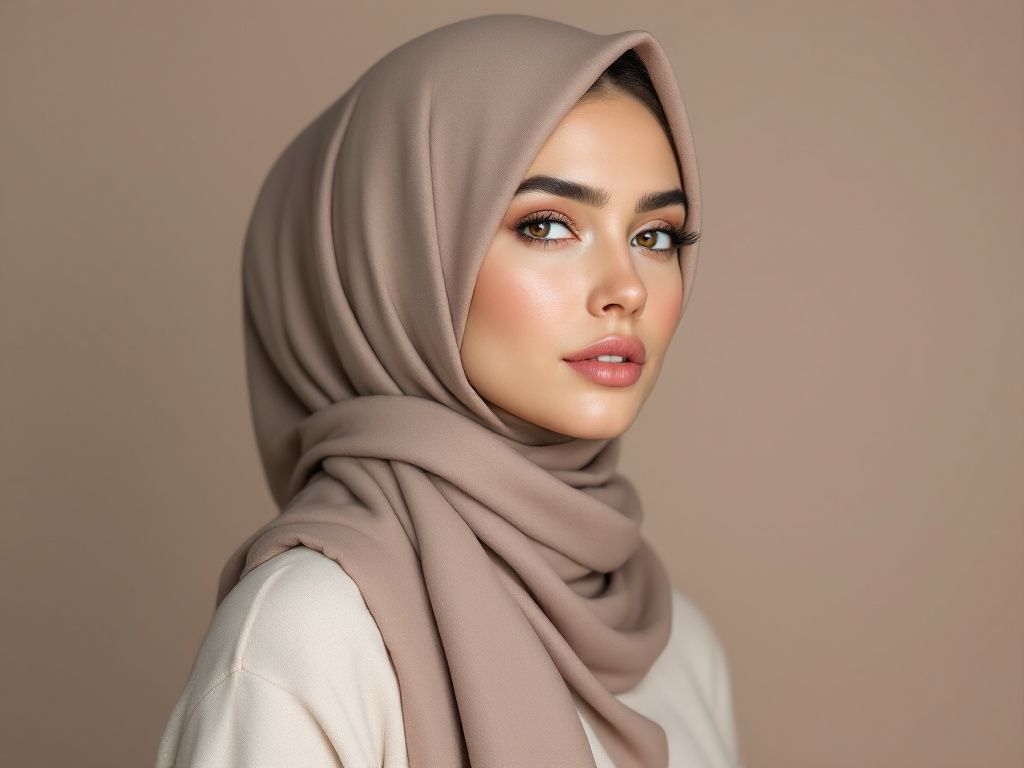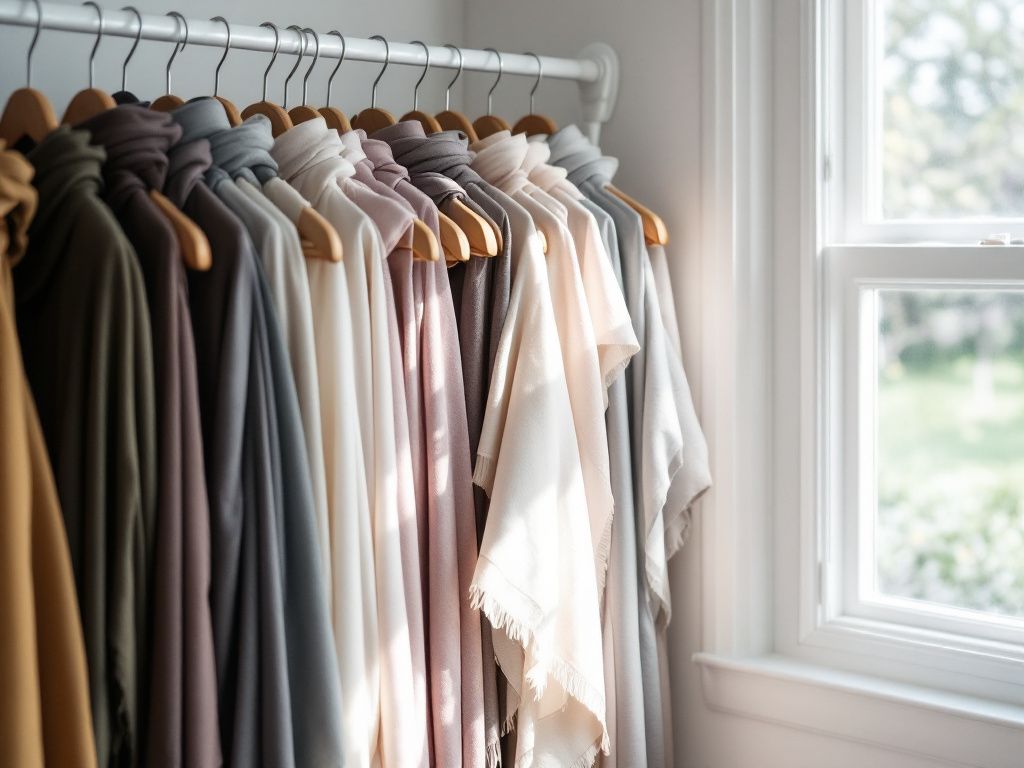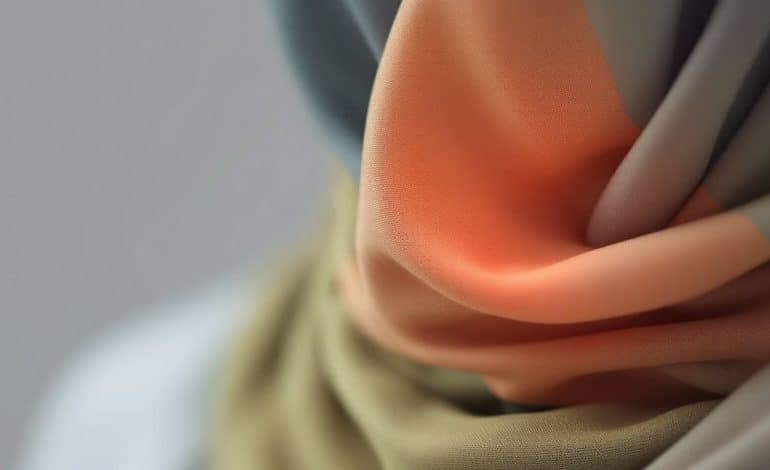
Hey there! Have you ever found yourself tangled up in the complexities of choosing the right fabrics for your brand colors? You’re definitely not alone. Whether you’re designing clothing, setting up an eye-catching display, or just diving into the world of tech-infused textiles, it’s easy to get overwhelmed. Modern materials, especially smart fabrics, are paving the way for new and innovative uses that not only look great but are practical too. Let’s dive into the colorful world of smart textiles and see how they can align with your brand’s identity.
Understanding Smart Fabrics
So, what’s this buzz around smart fabrics? In simple terms, smart fabrics are materials woven together with technology. They go beyond being mere coverings to becoming interactive elements that respond to the environment or the wearer’s input. Imagine a jacket that changes color based on temperature or fabric that powers your devices while you’re on the go. Wild, right?
What Makes a Fabric ‘Smart’?
Well, not every fabric can join this high-tech club. The key qualifier is the integration of electronics or engineered fibers that give the fabric its responsive properties. Here’s how you can think about them:
- Passive Smart Fabric: This type reacts to the environment’s external conditions without any integrated sensors or devices. Think thermochromic materials that change color with temperature shifts.
- Active Smart Fabric: These have integrated actuators, sensors, and control units. A great example is fabric that massages your muscles in response to stress-level data.
- Ultra Smart Fabric: These act as computers on their own, essentially mini-processors woven into the fabric itself.
Implementing Smart Fabrics with Hijab Materials

Bringing technology into traditional clothing, like hijabs, not only respects cultural traditions but also incorporates modern convenience and design. Consider incorporating smart fabrics that enhance comfort, ventilation, or UV protection. Practicality meets innovation, doesn’t it?
Matching Modern Materials with Brand Colors
Selecting the right colors for fabrics is pivotal. Colors represent your brand identity and can evoke specific emotions or perceptions in your audience. With smart fabrics, the color dynamics totally transform because these materials can adapt.
Dynamic Color Options
Your brand colors might look great in natural light, but imagine if they shifted to complement mood, temperature, or the time of day. Sounds exciting, right? Smart fabrics that adapt colors allow a continuous experience while harmonizing with their environment.
Practical Steps Toward Your Brand Goals:
- Analyze Your Audience: Understand the environments in which they’ll use your product. Will the color transitions enhance or distract?
- Test with Prototypes: Prototype samples in your key color shades. Test how they react under different conditions relevant to your audience or display settings.
- Feedback Experiment: Ask those in your target market what they think. Sometimes real-world feedback trumps any data analytics.
Nailing Brand Color Transitions with Style

One nifty feature of smart fabrics is controlling the rate of color change. Some folks love a slow, ambient shift, while others go nuts for an instant pop. It’s like tuning into your personal color adventure — make sure the pace fits the mood of the occasion and the brand style.
Smart Tech in Textiles: Beyond the Basics
Now, honing in closer on how advanced smart fabrics can interact within clothing lines, there’s a spectrum of innovation. You can imagine a simple step counter or dive into platforms that support interaction, synchronization with mobile apps, or even generate electricity. That’s right – you could harvest energy from everyday motions!
Real-World Inspirations
We’ve seen brands using smart fabrics in unexpected ways, like health monitors baked into fitness gear or temperature-modulated jackets for outdoor sports. Hijab materials can sport hidden vents that open with overheating or smart fabrics that integrate digital displays. These innovations create a harmonious fashion-tech relationship, adapting the age-old purpose of fabric to suit 21st-century needs.
Steps to Create a Smart Fabric Collection
Alright, so you think you’re ready to dip your toes into this smart fabric pool. Great choice! Here’s a simple plan to shift your ideas into reality:
- Research Trends: Explore existing smart fabric trends, focusing specifically on compatibility with hijab materials.
- Source Materials: Partner with textile manufacturers that specialize in smart fabrics. Check their catalog for materials matching your desired functionalities and cloth.
- Design Inputs: Create design mockups, keeping usability and aesthetic appeal in balance. Don’t forget the smart tech must enhance the final product.
- Experiment Furiously: Experimentation leads to creation. Begin prototyping with various combinations of fabric weights, colors, finishes, and tech integrations.
- 5. **Sustainability Check: Smart textiles often come under scrutiny for their environmental impact due to electronic components. Ensure sustainable processes are by your side.
- 6. **Launch and Market: With feedback loops and testing in place, you’ll be on your way to successfully launching a line that resonates with modern demands while maintaining cultural reverence.
How Smart Fabrics Engage the Future

The future is indeed made of this hybrid of fashion and tech. Smart fabrics are pioneering pathways for engagement, offering untold potential in customization and user integration. They redefine what textiles mean in the modern world.
**One quick note!** Whenever experimenting with new materials, remember to weigh both the practicality and accessibility for your users. Convenience meets innovation only when it’s straightforward for the people it’s intended to serve.
Key Takeaways for Innovators:
- Recognize the demands of your base: Whether through emotional attachment (like religious garments) or practical advancements (like athletic wear).
- Don’t shy away from technology. Embrace it as a tool to enhance brand experience.
- Consider smart fabrics even in conservative designs to blend tradition with technology without sacrificing identity.
What’s Next?
Keep an eye on advancements in textile engineering and leverage them to surprise your audience regularly. Smart fabrics are only going to get smarter, more complex, and perhaps become the norm rather than the exception.
With this guide, as meandering as it may have felt, you’re now better equipped on your journey of choosing smart fabrics that both highlight and enhance your brand’s unique story. So go ahead, explore and get creative — trust me on this one. Your brand’s innovative fabric future awaits!
Frequently Asked Questions
What are the most common materials used for making hijabs?
The most common materials for hijabs include cotton, chiffon, jersey, and satin. Each of these materials offers unique characteristics such as breathability, elegance, or stretchiness[4][5][1).
Which hijab material is suitable for hot and humid weather?
For hot and humid weather, lightweight and breathable fabrics such as cotton, chiffon, and linen are ideal. These materials allow for air circulation and help keep you cool[1][3][5).
What material is suitable for cold weather?
For cold weather, opt for hijabs made from warmer and thicker fabrics like wool or knit. These materials provide warmth and insulation, keeping you cozy in chilly temperatures[4][1).
How do I care for different hijab materials?
Care for your hijab depends on the material. Generally, hand washing or machine washing in cold water and air drying is recommended. Always check the care label for specific instructions. For example, chiffon and satin hijabs should be secured with magnets or pins to avoid damaging the fabric[4][5][2).
References